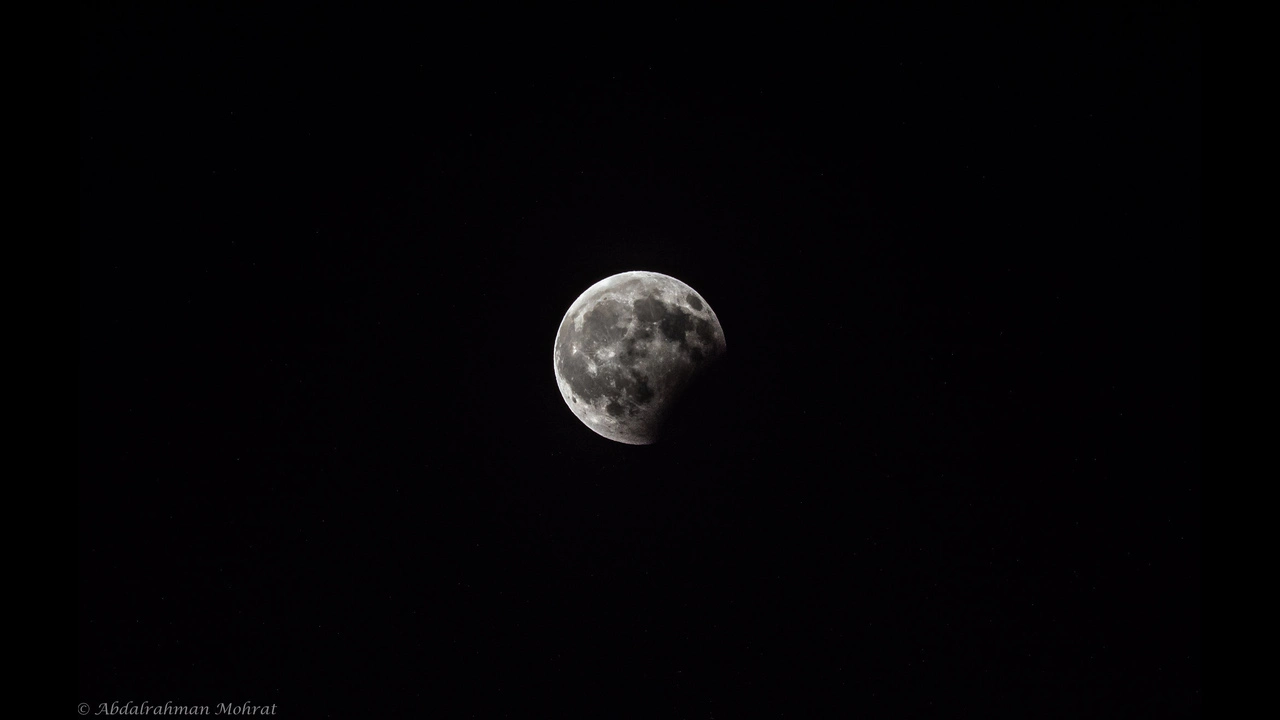A partial lunar eclipse occurred on September 17-18, 2024. The eclipse was visible from most of Asia, Africa, North America, South America, the Pacific, the Atlantic, the Indian Ocean, the Arctic, and Antarctica.
The partial lunar eclipse was extraordinary as it coincided with the rare Super Harvest Moon. The full moon of September 17-18 was a Harvest Moon (the full moon closest to the autumnal equinox in September is known as the Harvest Moon). The Harvest Moon was also a Super Moon, making it appear slightly larger than usual.
The eclipse began at 8:41 p.m. EDT on September 18. The maximum point of the eclipse occurred at 10:44 p.m. EDT, and the partial lunar eclipse ended at 12:47 a.m. EDT on September 18. The eclipse lasted for about 4 hours and 6 minutes.
What is a supermoon?
A supermoon occurs when a full moon or a new moon coincides with the moon’s closest approach to the Earth, known as perigee. As a result, the moon appears up to 14% bigger and 30% brighter than a typical full moon.
What is a Harvest Moon?
A harvest moon is a full moon that occurs closest to the autumn equinox, typically in September. Unlike other full moons, the Harvest Moon rises very soon after sunset, providing early light in the evening for several days. This historically helped farmers harvest their crops during the shorter days of fall; thus, it is known as the Harvest Moon.
The Harvest Moon is also known for its orange hue, which is due to its lower position in the sky during the autumn equinox.
What is a Lunar Eclipse?
A lunar eclipse occurs when the earth is aligned between the sun and the moon, casting a shadow on the moon’s surface. The eclipses always happen on a full moon night. There are three types of eclipses: total lunar eclipse, partial lunar eclipse, and penumbral lunar eclipse. The last Lunar Eclipse that occurred on March 25 was penumbral It was visible from much of Europe, North and East Asia, North America, South America, the Arctic and Antarctica.
When does a partial lunar eclipse occur?
A partial lunar eclipse occurs when only a part of the moon is under the Earth’s shadow, making only a part appear darker. (Note: A partial lunar eclipse can be harder to spot as it might appear as a normal moon phase.)
How to watch a lunar eclipse?
You can watch a lunar eclipse with the naked eye, but using a binocular or a telescope can provide you with a clearer view of the craters on the moon and the path of the Eclipse.
How to photograph a lunar eclipse?
Capturing a lunar eclipse is much easier than capturing a solar eclipse, as the moon is much fainter than the sun, posing fewer risks to eyesight and camera sensors. To capture a lunar eclipse, all you need is a DSLR camera with manual settings.
Using a sturdy tripod and a remote shutter or a time delay to capture the eclipse will give you more crisp images, as clicking the camera shutter with bare hands can shake the camera, leading to blurry images. You can play around with different camera settings, such as the ISO, shutter speed, and aperture, according to your preferences and conditions. Read our astrophotography guide to learn the fundamentals of capturing the night sky.

